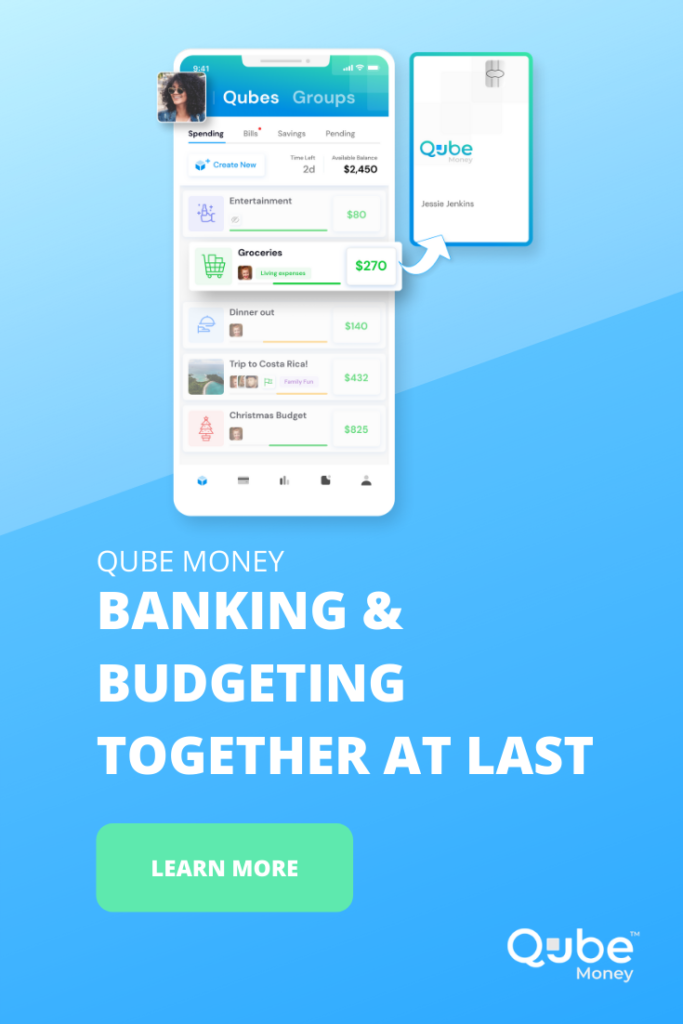If you’re ready to kick the debt bucket then you probably are ready to try a few debt pay off strategies. Before you choose a solution to pay off your debt, you should weigh your options first.
There are seven strategies listed below to help you pay off debt. From DIY solutions to getting professional help, we list out popular debt pay off strategies with pros and cons to consider.
Pay off debt with the debt avalanche method
Make headway with your debt by focusing on the debt that has the highest interest rate. Typically, these debts are associated with inflated credit card balances. According to a recent report from CreditCards.com, the average credit card interest rate is 17.27%.
Here’s how the debt avalanche method works:
- List your debt from the highest interest rate to the lowest
- Make minimum payments on everything except for the debt that has the highest interest rate
- Make extra payments towards the debt with the highest interest rate until it’s paid off
- Roll your payment into the debt with the second highest interest rate until it’s paid off
The debt avalanche method can have catastrophically successful results. You get the satisfaction of not paying more interest than necessary. Plus the method keeps you focused on one debt at a time.
Pros of the debt avalanche method
The debt avalanche method continues to be a useful debt pay off strategy for those who want to DIY their debt. You may like this method for a few reasons:
- You have the potential to save the most amount of money on interest
- You can pay down debt quickly once you knock out the first high-interest debt
- Keeps you focused on one debt versus trying to pay off multiple
Cons of the debt avalanche method
If you want to make a dent in your debt quickly, the debt avalanche method might not be the best strategy for you.
- You’re still responsible for paying back the entire balance
- You can spend a lot of time paying down the first debt, making it easy to give up on this approach altogether
- It only works if you have extra income to throw towards your debt
Focus on the smallest debt with the debt snowball
Cold weather analogies are apparently a thing when it comes to debt pay off strategies. In contrast to the debt avalanche method, you can choose to pay off your debt using the debt snowball.
Here’s how the debt snowball method works:
- List your debt from the smallest total balance to the highest
- Make minimum payments on everything except for the debt that has the lowest balance
- Make extra payments towards the debt that has the lowest balance, regardless of the interest rate until it’s paid off
- Roll your payment into the debt with the second lowest balance until it’s paid off
This method works exceptionally well by feeding into your instant gratification tank. A $500 balance can be quickly paid off which could motivate you into paying off the next lowest balance.
Pros of the debt snowball method
Fans of the debt snowball method can agree that focusing on the lowest balance can be rewarding.
- Quickly pay off the first debt which can motivate you to pay off the next debt
- Keeps you focused on a specific debt instead of trying to pay off multiple loans at the same time
- Paying off debt feels like a game with this method which can motivate some to look for other ways to make extra payments
Cons of the debt snowball method
The debt snowball method gets some heat, though. It isn’t going to save you the most money in the long run, especially if you have high-interest debt. Ramit Sethi, author of “I Will Teach You to be Rich,” says, “Technically, this method isn’t the most efficient way to approach your debt since the debt with the lowest balance doesn’t necessarily have the highest APR.”
You may find this approach counterintuitive, along with these other cons to the debt snowball method:
- The entire balance still has to be paid off
- You end up paying more interest over time
- The length of time to pay off debt can vary depending on how big of a payment you can make each month
- It only works if you have extra income to throw towards your debt
Negotiate terms with creditors
Another idea to pay off your debt quickly is to negotiate terms with your creditors. This strategy can be used in conjunction with the debt avalanche or debt snowball method. It works by calling your creditors and asking them to either lower the interest rate or settle your debt amount for less than what you owe.
Allison Baggerly of Inspired Budget was able to negotiate her medical bills for less than what she owed. After her son’s appendix ruptured, she was faced with hundreds of dollars in unplanned medical bills. She was able to get a 25-40% reduction in her medical bills by simply calling and asking for a discount.
“If you get a hospital bill or a large medical bill, it’s totally worth the effort to call and talk to someone. Ask for a discount,” she writes. Here’s her exact script to use when negotiating with medical bills:
“Hi, I’m calling in reference to my bill. I see here that the balance is $_____, but I can pay you $______ today and settle the bill as a $0 balance.”
Debt settlement
If you have trouble making the minimum payment on your debt, then you may be considering debt settlement. Debt settlement is a type of debt pay off strategy that could help you settle your debt for less than what you owe.
There are several debt settlement companies out there, and some of them are scams, so do your research. The idea is that you stop making payments and let your debt go into collections. Instead, you make payments into a special account with a debt settlement company. Once the account reaches a certain amount, the debt settlement company calls your creditors and settles your debt with the money from this account for less than what you owe.
Pros of debt settlement
Folks who use debt settlement like this option because they aren’t on the hook to pay back the entire balance.
- Have your debt settled for less than what you owe
- No negotiating with creditors
- Work with one company to settle multiple debts on your behalf
- Affordable monthly payments
Cons of debt settlement
While the benefits of debt settlement might seem tempting, there are several limitations to this debt pay off strategy.
- Only works for high-interest debt, including credit cards, medical bills
- Doesn’t work for student loans
- If your debt isn’t settled you still pay fees
- Your credit score can be negatively impacted
Debt consolidation loan
Debt consolidation loans could be an option for you if you have multiple loans with multiple payments. A debt consolidation loan works by combining your debts into one loan. You could have a lower interest rate and you don’t have to worry about missing multiple payment dates.
Pros of debt consolidation loans
- Simplifies the repayment process with one monthly payment instead of multiple
- Consolidation loans typically have a two to five-year repayment plan
- Works for those who have good to excellent credit and steady income
Cons of debt consolidation loans
- Monthly payments could be higher
- Not an option for those with poor credit and/or unpredictable income
- It doesn’t get rid of the debt. You still need to come up with a plan to pay it off
Cash-out refinance
Then there’s an uncommon way to pay off your debt by doing a cash-out refinance. When you do a cash-out refinance, you can borrow against your home’s value so that you can pay off high-interest debt.
Pros of cash-out refinance
- You could end up with a simpler repayment process
- You could have a lower interest rate than what you currently have
Cons of cash-out refinance
- Only works for those with good credit, reliable income, and enough home equity to cover your debt
- Paying for a home appraisal, closing costs, and other fees prior to being approved
- Risk of foreclosure if you can’t make your new mortgage payment
Filing bankruptcy
Last but not least, if all else fails you might consider filing for bankruptcy to pay off your debt. Bankruptcy can have drastic consequences and should only be used as a last-ditch effort to clean up your financial mess.
There are two ways to file bankruptcy, Chapter 7 or Chapter 13. The most common filing form in the U.S. is Chapter 7. This type of bankruptcy exempts you from repaying any unsecured debt. Chapter 13 bankruptcy helps you set up a repayment plan, typically done in court, so you’re still on the hook to pay the debt over time.
Pros of filing bankruptcy
- It can wipe your financial slate clean
- Works for unsecured debt, such as credit card debt, personal loans, or medical bills
Cons of filing bankruptcy
- Detrimental damage to your credit
- Selling assets to pay your debts
- Doesn’t apply to federal student loans
- Hard to qualify
Which debt pay off strategy is right for you?
To know which of the debt pay off strategies is right for you, you’ll need to look at your own situation. One way to start is by listing out all of your debts on a sheet of paper or in an Excel sheet.
List out each creditor along with the total amount owed, minimum payment and interest rate. Then take a look at your budget and see what money can be moved towards your debt. A list of all your debt could help you make a decision on which debt solution is right for you.








